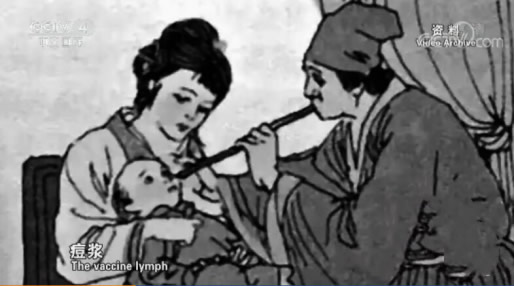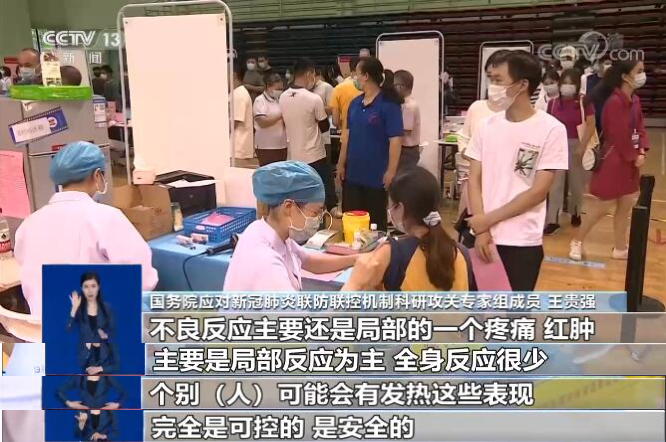Focus on the 2018 Annual Meeting of Boao Forum for Asia: What is the significance of time nodes and theme selection?
Xinhua News Agency, Beijing, April 7 th Question: What are the profound meanings of time nodes and theme selection? — — Focus on Five Highlights of Boao Forum for Asia Annual Conference in 2018
Xinhua News Agency "Xinhua Viewpoint" reporter Pan Jie Li Jinhong
From April 8 to 11, the 2018 annual meeting of Boao Forum for Asia will be held in Boao, Hainan. The Chairman of the Supreme Leader was invited to attend the opening ceremony of the annual meeting of the forum and will deliver an important keynote speech.
The theme of this annual conference is "Open and Innovative Asia, a Prosperous World". More than 2,000 guests from all over the world will gather together. What are the highlights to look forward to?
Aspect 1: The time node is unusual.
This year marks the 40th anniversary of China’s reform and opening up, and it is also the first year to implement the spirit of the 19th CPC National Congress. At this important historical moment, the Chairman of the Supreme Leader will be invited to attend the opening ceremony of the annual meeting of the Forum and deliver an important keynote speech, which has attracted much attention from the outside world.
What great achievements has China made in reform and opening up, what important experience and enlightenment have it had, and what world significance and influence have it had? At the new historical juncture, how will China open wider to the outside world, deepen reform and start again? The Chairman of the Supreme Leader will give the most authoritative explanation on these issues, and the outside world will also hear a series of new important measures of reform and opening up.
"The process of deepening reform and opening up initiated by China in the new era is not only an upgrade of the original reform and opening up, but a further expansion in open ideas, structural layout and institutional mechanisms." Wang Jun, member of the Academic Committee of China International Economic Exchange Center, said.
Yang Xiyu, executive vice president of Boao Forum for Asia Research Institute, believes that China’s reform and opening up has changed from "crossing the river by feeling the stones" to paying more attention to top-level design. "The new round of reform and opening up initiated by China will play a demonstration, enlightenment and leading role in solving the structural reform problems facing the world."
Aspect 2: Theme selection has profound meaning.
"Openness" and "innovation" are the two key words of the theme of this year’s annual forum. Experts said that there are many uncertainties in the current world economic instability, and Asian countries should fully tap the driving force of innovation, promote regional cooperation and economic integration, and make contributions to world economic development.
"A new round of global scientific and technological revolution is gestating. Both developed and developing countries should seek breakthroughs in scientific and technological innovation, constantly liberate and develop social productive forces and improve labor productivity, which is the only way to achieve sustained prosperity and development. " Wang Jun said.
He Maochun, director of Tsinghua University Center for Economic and Diplomatic Studies, believes that in recent years, China has taken many actions in the field of opening up and innovation, such as fully implementing the negative list system of market access, greatly relaxing the restrictions on the proportion of foreign capital entering the financial industry, and vigorously implementing the innovation-driven development strategy. This forum will help all parties to exchange experiences and practices, stimulate a new round of growth potential with scientific and technological innovation, and promote a wider and higher level of regional cooperation in Asia.
"In the context of anti-globalization and the rise of protectionism, Asia and the world need more openness and linkage, and we also expect China to play a greater role." He Maochun said.
Aspect 3: Heavy guests gather
It is understood that more than 2,000 guests attended this year’s annual forum, from heads of state and government to heads of international organizations, from business leaders, experts and scholars to media elites, which can be described as a gathering of heavy guests.
The Supreme Leader attended the annual meeting of Boao Forum for Asia for the third time as president, China. In addition, Austrian President Vanderbilt, Philippine President Duterte, Mongolian Prime Minister Huzle Surh, Dutch Prime Minister Rutte, Pakistani Prime Minister Abasi, Singaporean Prime Minister Lee Hsien Loong, UN Secretary-General Guterres and IMF Managing Director Lagarde will also be invited to attend the annual meeting.
Zhou Wenzhong, Secretary-General of the Forum, said that the leaders of China personally attended the meeting and delivered important speeches. More than 100 of the world’s top 500 enterprises sent representatives to attend the annual meeting, and many well-known large enterprises in China will also attend the meeting.
"The guests attending this year’s annual meeting are more geographically distributed and the sectors are more diverse." Yang Xiyu said that this is an opportunity to observe and understand the future policy direction of China from a distance, and it is also a platform for business people to find business opportunities and seek cooperation.
Aspect 4: The topic setting reveals many "China opportunities"
This year’s annual meeting plans to set up "Globalization and ‘ Belt and Road ’ " More than 60 formal discussions were arranged in four sections, such as "open Asia", "innovation" and "reform and start again" The annual meeting will also set up special discussions on the construction of Guangdong-Hong Kong-Macao Greater Bay Area and xiong’an new area and the construction of ecological civilization.
"Urban Agglomeration" Mode of Urbanization in China, Property Market and RMB Internationalization … … Many topics at the annual meeting are about China. Wang Jun believes that this reflects the expectation of all parties to catch a ride on the development of China and share development opportunities with China.
"China’s economy has maintained rapid growth for decades, making it the second largest economy in the world. China contributes more than 30% to global economic growth. The sustained and healthy development of China’s economy itself is a contribution to the world economy. " Wang Jun said that China is also constantly playing its role in global governance and the supply of public goods, showing the image of a responsible big country.
This year marks the fifth anniversary of the Belt and Road Initiative. In the past five years, the initiative has not only been recognized by the whole world, but also implemented many projects. It is understood that this year’s annual meeting will hold a round table on "One Belt, One Road: Successful Cases and Experience Sharing". Relevant government and business representatives of major "One Belt, One Road" projects such as Gwadar Port and China-Europe Train will introduce the specific practice of "One Belt, One Road" and share their experiences.
Aspect 5: Deepen the concept of the community of human destiny
During this annual meeting, the Chairman of the Supreme Leader will give a clear voice to China and clarify China’s position on further promoting the building of a community of Asian and human destiny and creating a bright future for Asia and the world.
"Today’s world is in a period of great development, great change and great adjustment. The concept of a community of human destiny has pointed out the direction for international relations and is of historic epoch-making significance." Yang Xiyu said.
He believes that for many practical problems such as current trade frictions, the concept of community of human destiny is also highly targeted. Mankind has become a community of destiny in which you have me and I have you. Every country has the right to development, and should consider its own interests at a broader level, not at the expense of other countries’ interests, otherwise it will only harm others and harm itself.
Experts said that countries need to establish the concept of a community of destiny, help each other in the same boat, promote the liberalization and facilitation of trade and investment, and push economic globalization towards a more open, inclusive, inclusive, balanced and win-win direction.




